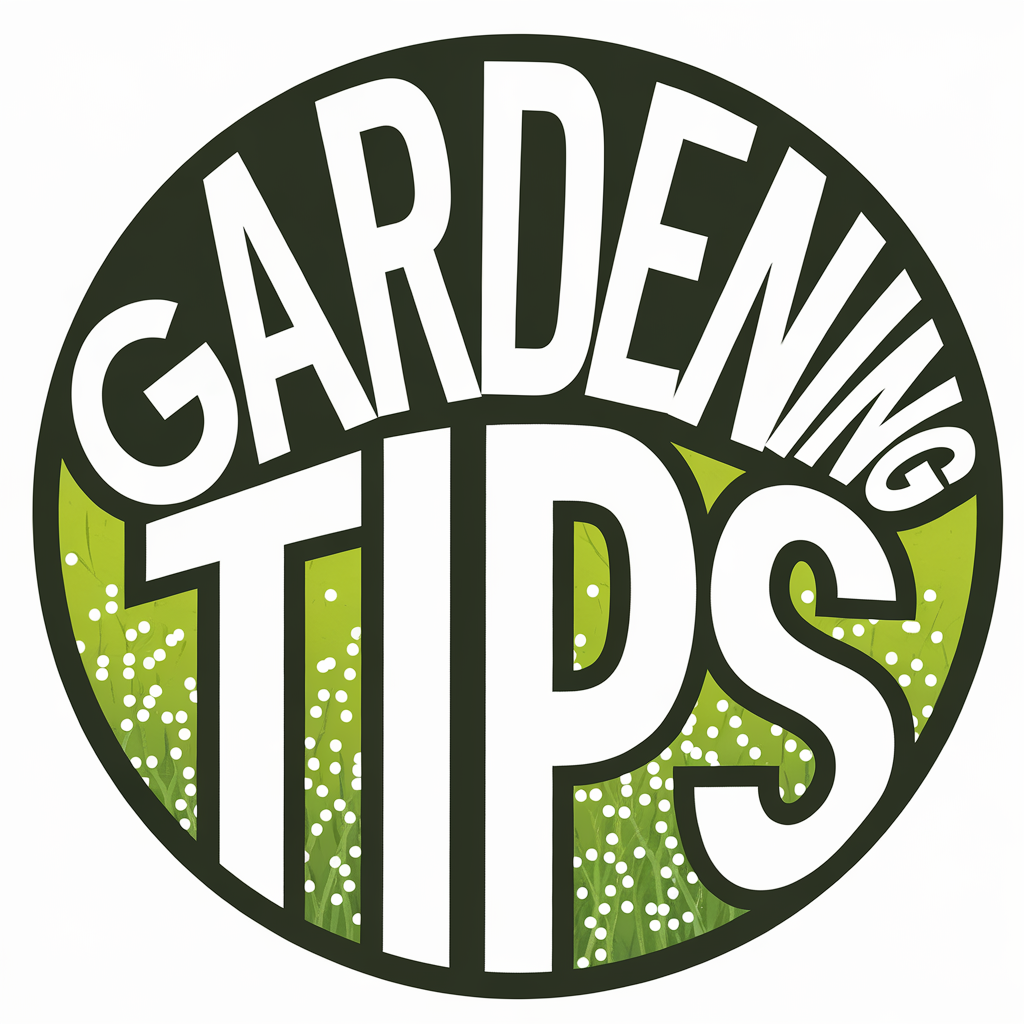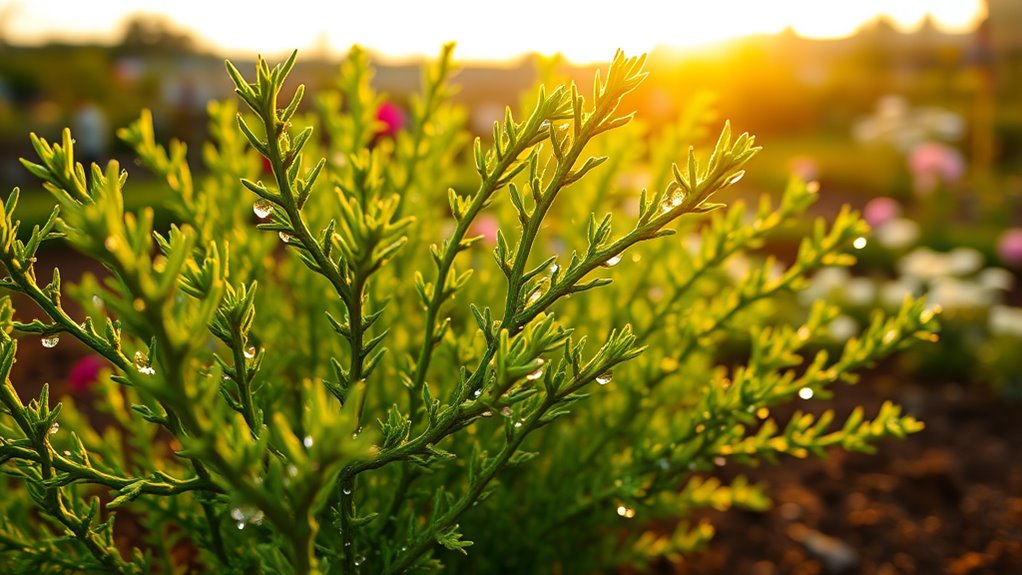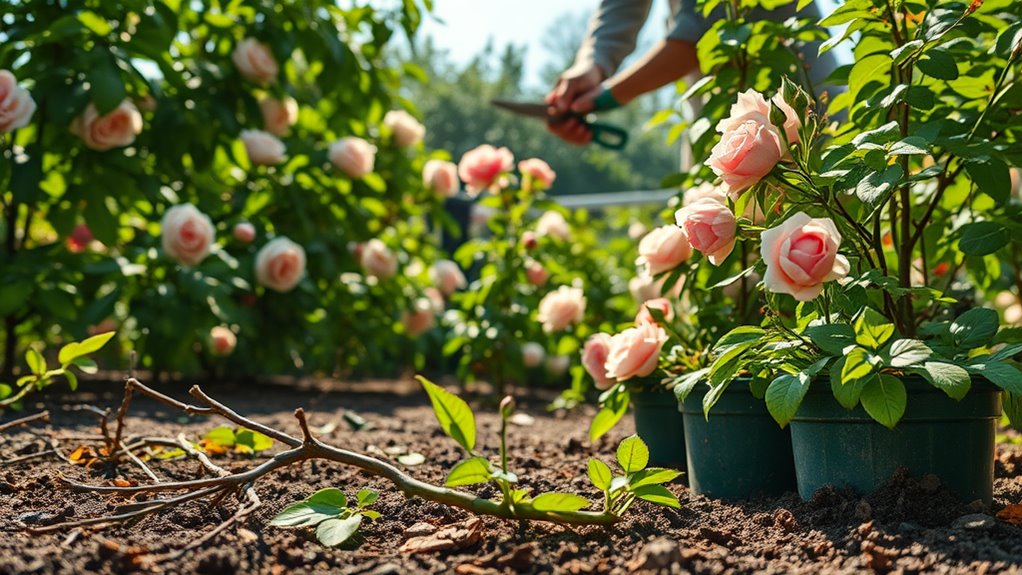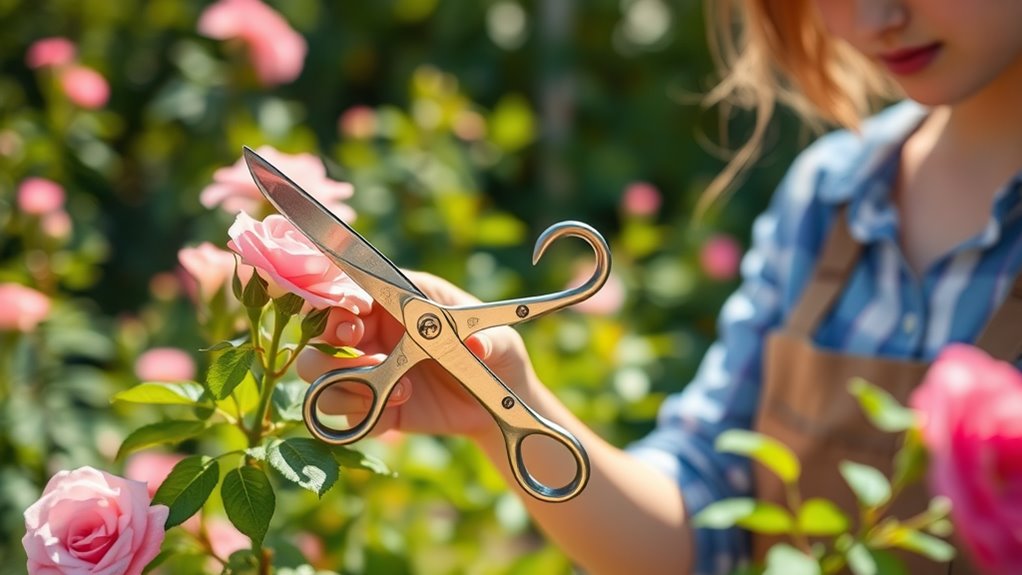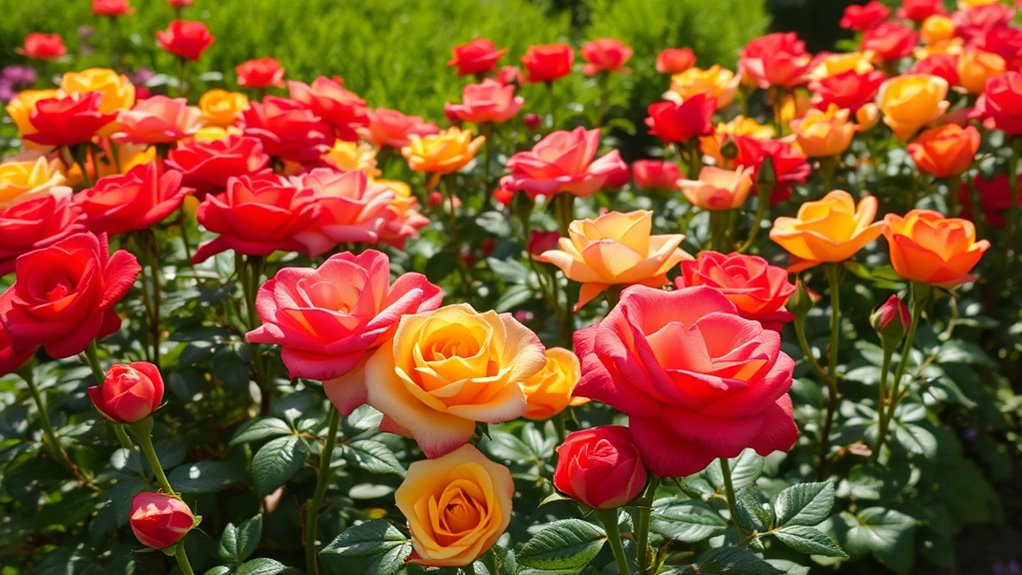This Pruning Hack Brought My Shrubs Back to Life
Pruning effectively revitalizes your shrubs, enhances their health, and improves their appearance. By understanding the essential techniques and timing, you can make a significant difference in their vitality. Knowing the right tools and signs your plants require attention can set the stage for remarkable growth. As you consider these factors, you’ll realize the impact of proper aftercare in ensuring your shrubs not only survive but thrive. Let’s explore the steps to transform your landscape.
Understanding the Importance of Pruning
Pruning isn’t just about aesthetics; it plays a crucial role in the overall health of your shrubs.
By selectively removing dead or overgrown branches, you promote airflow and light penetration, essential for photosynthesis. When you engage in effective pruning for growth, you redirect the plant’s energy toward developing stronger limbs and vibrant foliage, ensuring a flourishing, resilient shrub in your garden. Additionally, utilizing essential pruning techniques can further enhance the vitality of your plants, leading to even more robust growth.
Tools You Will Need for Effective Pruning
A sharp pair of pruning shears is essential for maintaining the health and appearance of your shrubs.
Additionally, consider using loppers for thicker branches, a hand saw for larger cuts, and gloves to protect your hands.
A sturdy ladder might be necessary for taller shrubs.
Keep all tools clean and sharp to ensure effective pruning and reduce the risk of disease transmission. Proper pruning techniques can also enhance the overall health and growth of your plants.
Step-by-Step Pruning Technique
Before you begin trimming your shrubs, it’s crucial to assess their shape and health to determine the best approach.
Follow these steps for effective pruning:
- Identify dead or diseased branches.
- Make clean cuts at a 45-degree angle just above a healthy bud.
- Step back frequently to evaluate the overall shape as you prune.
This technique promotes healthy growth and enhances aesthetics, leading to healthier, more abundant plants.
Signs Your Shrubs Need a Trim
How can you tell if your shrubs are overdue for a trim? Look for signs like excessive leaf density, branch overgrowth, or a lack of flowering.
If your shrubs appear uneven or misshapen, it’s time to shear them back. Additionally, check for dead or diseased branches, which can hinder growth.
Regular trimming promotes health and aesthetics, ensuring they thrive in your garden. Pruning not only enhances plant health but also encourages new growth and improved blooming.
Aftercare: Helping Your Shrubs Thrive
Once you’ve trimmed your shrubs, providing proper aftercare is crucial to their recovery and long-term health.
Follow these steps to ensure their vitality:
-
Water: Regularly water your shrubs, especially during dry spells, to encourage root stabilization.
-
Mulch: Apply mulch around the base to conserve moisture and regulate temperature.
-
Fertilize: Use a balanced fertilizer to support new growth and nutrient replenishment.
Additionally, consider employing natural pest control methods to protect your shrubs from potential infestations while keeping the environment safe.
